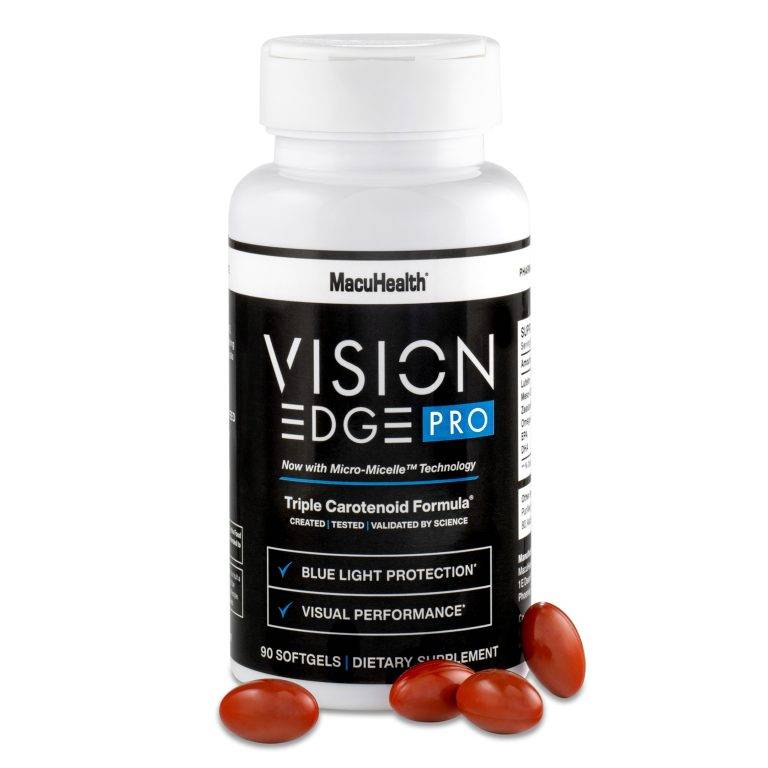SUBSCRIBE AND SAVE! | SIGN ME UP!

Written by MacuHealth
Reviewed by Jim Stringham, Ph.D.
If you’re an eye care provider, chances are you’ve come back from a trade show or conference excited about all the products you learned about, but you have no idea how to integrate them into your practice. Fast forward to a week later, and that feeling of inspiration has left, meaning that you’re depriving your patients of an opportunity to improve their vision and a new revenue stream for your practice.
How can you keep that after-conference feeling going? We’ll dive into how you can best implement new products so you and your patients can reap the benefits.
If you’re trying to start something new at your practice, begin at the opening of the patient experience: when they call to make an appointment. Have your front desk employees ask them to bring in a list of all the medications and supplements when they come in for their exam and any old pairs of glasses.
“We’re starting the conversation and setting the tone that we’re different,” explains Dr. Jennifer Stewart. “They say, ‘Why does that matter? I’m just getting an eye exam.’ It becomes an opportunity to educate.'”
Employees can take this a step further and have them bring in the bottle of any supplements they’re currently taking so you can compare it to what you want them to take. For example, if a patient takes a powder-filled capsule, you can show them how an oil-filled supplement like MacuHealth offers more stable ingredients.
Patients will naturally be curious about why they need to take eye supplements, and one way to sustain their interest is to include the products you offer on your practice’s website. You can even write a blog post explaining why taking eye supplements are integral to preventing and maintaining certain eye diseases.
But don’t stop there. Familiarize your patients with these products through email blasts and social media posts. The more they know going in for their appointment, the easier it will be to educate them about why they’re vital for their eye health.
“If you start putting that [information] out there, it gets [patients] coming in and asking about it,” explains Dr. Stewart.
When your team performs an OCT (Optical Coherence Tomography) or MPOD (Macular Pigment Optical Density) on a patient, it’s a good time for them to start a discussion on retinal nutrition. It is an even better time to bring it up when you’re discussing their results in the exam room, including the risk factors associated with eye conditions, such as smoking and any history of disease in their family.
But you don’t have to limit these discussions to those in a risk group. If a patient complains of glare while driving at night or is an athlete looking to boost their visual performance, it can be a chance to educate them on the importance of eye nutrition.
“We have an opportunity to give [patients] a concrete way to help them,” says Dr. Stewart.
Every time a patient comes to your practice, you have an opportunity to change their lives by offering them supplements based on scientific research. Implementing supplements into the patient experience can help them prevent and manage any disease and increase revenue for your practice. For more information, contact a sales representative from MacuHealth today.

Formulated by scientists and clinically proven to support eye health for both healthy and diseased eyes.

Based on the AREDS2 formula with 10 mg of Meso-Zeaxanthin and reduced levels of zinc for the ultimate defense against AMD.

Created for those wanting to protect against blue light and improve visual performance for everyday maintenance.

Sourced from small, open-water catch fish from the coast of Chile, TG Omega-3 provides customized dosing for patient specific needs.